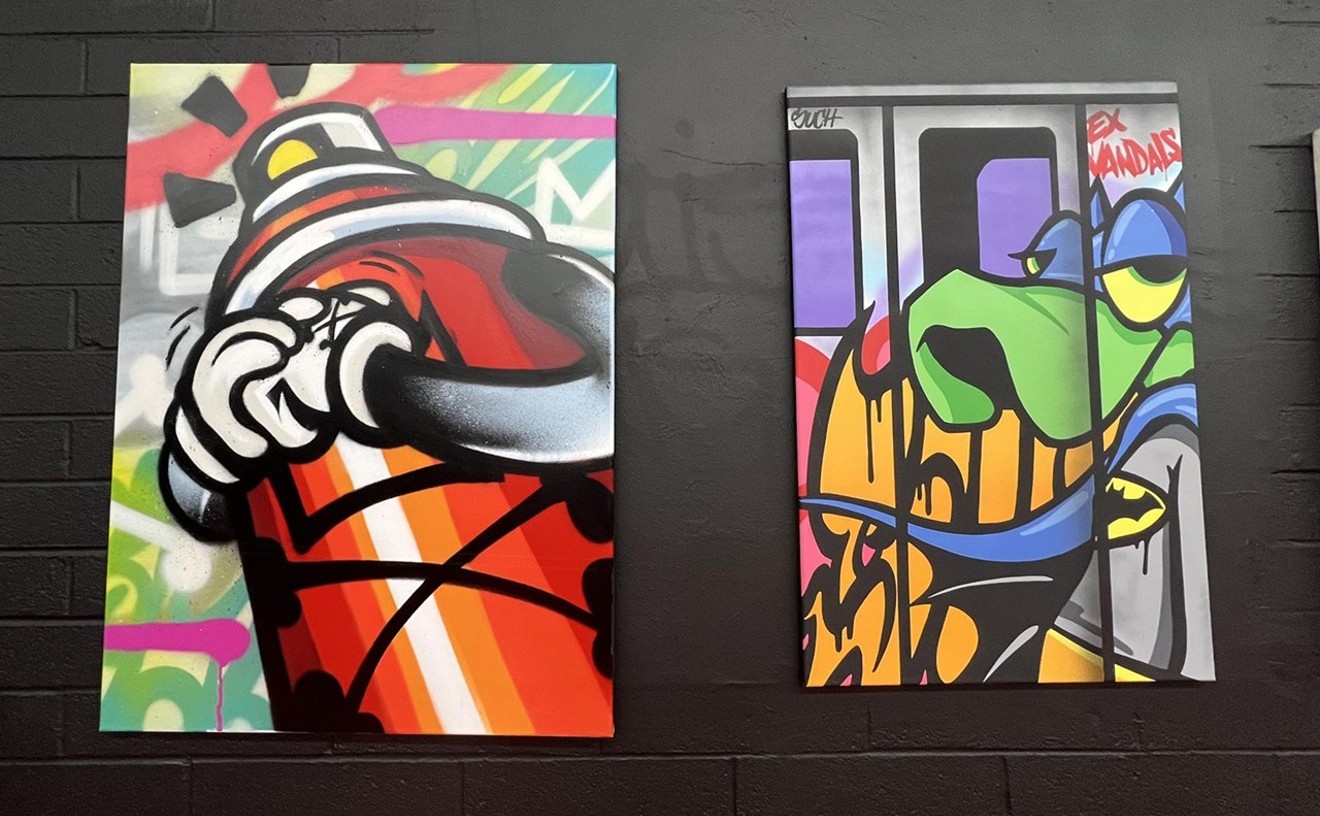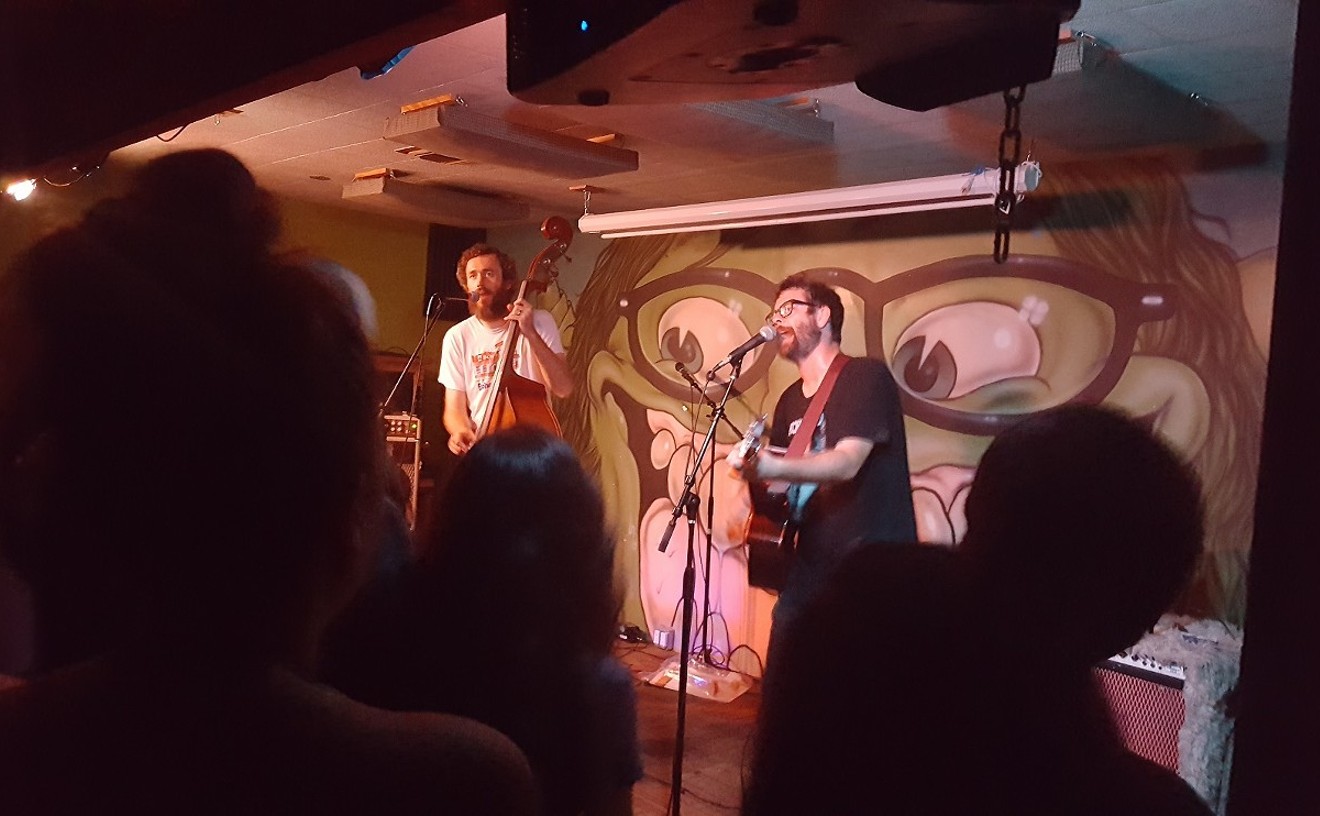Frank Lloyd Wright House in Phoenix at the Center of Controversy — Again
Visitors to the Arcadia Community Association website are greeted these days by a colorful banner proclaiming “Stop the Madness! Help us Preserve Arcadia!” In this case, the madness concerns the David and Gladys Wright House, the recently rescued and controversial “round house” designed by famed architect Frank Lloyd Wright toward...
May 20, 2015
[
{
"name": "Air - MediumRectangle - Inline Content - Mobile Display Size",
"component": "18478561",
"insertPoint": "2",
"requiredCountToDisplay": "2"
},{
"name": "Editor Picks",
"component": "16759093",
"insertPoint": "4",
"requiredCountToDisplay": "1"
},{
"name": "Inline Links",
"component": "17980324",
"insertPoint": "8th",
"startingPoint": 8,
"requiredCountToDisplay": "7",
"maxInsertions": 25
},{
"name": "Air - MediumRectangle - Combo - Inline Content",
"component": "16759092",
"insertPoint": "8th",
"startingPoint": 8,
"requiredCountToDisplay": "7",
"maxInsertions": 25
},{
"name": "Inline Links",
"component": "17980324",
"insertPoint": "8th",
"startingPoint": 12,
"requiredCountToDisplay": "11",
"maxInsertions": 24
},{
"name": "Air - Leaderboard Tower - Combo - Inline Content",
"component": "16759094",
"insertPoint": "8th",
"startingPoint": 12,
"requiredCountToDisplay": "11",
"maxInsertions": 24
}
]
Visitors to the Arcadia Community Association website are greeted these days by a colorful banner proclaiming “Stop the Madness! Help us Preserve Arcadia!”
In this case, the madness concerns the David and Gladys Wright House, the recently rescued and controversial “round house” designed by famed architect Frank Lloyd Wright toward the end of his life. After slogging through the usual Sturm und Drang of saving the house from demolition in 2012, local preservationists and activists are now faced with a campaign by Arcadia residents who worry that the new owners’ plans for the building and an adjacent lot will destroy the peaceful idyll of their neighborhood, located just south of Camelback Mountain.
The house and an adjacent guest house were purchased for about $2 million in 2012 by a group called the David Wright House LLC. The group’s principal, Zach Rawling, has applied for federal and state historic designation for the property, and has announced plans to restore the home, then build a subterranean education center, a cafe, a bookstore, and a Wright archive on the land. The facility would host public events and school field trips, as well as house Wright researchers and scholars-in-residence — sort of a mini-Taliesin. The group’s nonprofit status allows them to apply for a special use permit to host the proposed events and field trips.
Some Arcadia residents are unhappy about the plans. In various forums, they worry that the David and Gladys house will draw the same size crowds (approximately 120,000 tourists annually) as visit Taliesin West. Part of the confusion comes from the fact that Rawling and company have not, according to City Councilman Sal DiCiccio’s office, said specifically what their plans are. (Thus far, no rezoning requests have been submitted to the City.)
“According to the material they’ve mailed, it’s everything from a wine bar to an amphitheater to an underground museum,” says Shane Wikfors, chief of staff for DiCiccio. “A number of ideas have been floated.”
Wright built the house in 1952 for his son David and daughter-in-law Gladys. The couple lived in the home until their deaths—David at 102 in 1997; Gladys in 2008 at the age of 104. It was one of Wright’s last designs, completed when he was 84. Surrounded by mountainside McMansions, the 2,500-square-foot concrete house features a spiral design and a curved entry ramp, as well as other traditional Wrightian design elements like built-in seating, Cherokee red floors, and low ceilings.
“This is one of his last masterpieces,” Rawling recently told a reporter from the Phoenix Business Journal. Rawling’s an attorney who grew up nearby and always loved the house, which he visited often with his mother. His purchase came after another two previous bids fell out; when the seller went public in 2011 with plans to demolish the building and erect a pair of smaller homes on the property, the story went viral. National coverage included a pair of features in the New York Times, one of which questioned Phoenix’s fondness for ripping down significant buildings.
Rawling plans to restore the home and surrounding property, and has inked a deal with next-door Camelback Church of Christ, which will provide 130 parking spaces for events, allowing visitors to the proposed facility to enter from Camelback Road rather than residential streets. The restoration and new construction will take about three years, according to a recent statement from Rawling.
The Rawling group’s latest play has been to mail out flyers to nearly 15,000 Arcadia-area households, explaining their plans and promoting the benefits of living near a Wright-designed home. There’s also some shameless shilling from Arcadia residents who are happy about the new project, including this from someone named Karen Goldblatt: “The incredible vision of those saving this national treasure should be applauded and supported.”
Preservation activist Alison King, who is hosting a tour of the house on May 30, is concerned about the misconception that the Wright house will be the source of trouble to Arcadia residents. While hosting the recent weeklong Modern Phoenix tour of mid-century homes in the area, King noted that there was no impact on traffic or parking or any kind of neighborhood disturbance during the tour of the Wright house. “The streets surrounding the Wright house were empty, even at the height of the tour,” King says. “I only saw neighborhood girls on bikes.”
Wikfors says DiCiccio, who recently went public against the Foundation’s plans, just wants everyone to get along. “Sal wants to make sure that, no matter what happens, the work is done with the neighborhood’s approval.”
Arcadians are fretting, in posts on the website and in a series of newspaper articles, about traffic and noise and about Rawling’s recent purchase of two more properties adjacent to the Wright House. Arcadia resident James Furcini refers to Rawling as “a preservationist, to a degree, who hasn’t addressed the spectrum of consequences of this project.
“He claims he’s taken care of the parking and traffic and the decibels of live music performances, that there won’t be any danger or disruption,” Furcini says. “But what about all the service vehicles needed to attend to 120,000 people each year? We have kids on bikes here. And how can you have an amphitheater and not have decibels travel into the neighborhood? I can hear my neighbor playing his drums!”
Issues of sound travel, among other things, have all been addressed, according to Sarah Levi, Frank Lloyd Wright’s great-great granddaughter, who now lives at the David Wright House. “And those 120,000 people would be visiting over the space of a year,” she clarifies, “and not all at once. Service vehicles won’t be necessary.”
Sue Bloom, a member of the Arcadia Camelback Mountain Neighborhood Association board, says that concerned neighbors aren’t getting a fair shake. “We’ve been branded as the wealthy neighbors, but many of us are on fixed incomes, or are elderly people who bought houses in the ‘50s, and want our neighborhood to remain residential.”
Bloom says she and others have collected more than 500 signatures on a petition against public use of the round house. Both she and Furcini claim they just want Rawling to follow the district planning that Arcadians worked so hard to create with the help of the City in the late 1990s. If Rawling insists on transforming the house (which Bloom claims “wasn’t even a Frank Lloyd Wright build,” an opinion shared by some FLW purists who point out that Wright’s son oversaw the building from Wright’s plans), Bloom says there’s a simple solution.
“He can just move the building to a commercial zone,” she explains. “Maybe to Taliesin, so everyone could enjoy it and there wouldn’t be such stress on our neighborhood. Having it here as a public venue is a safety hazard.”
According to King, the house cannot be moved without structural damage. “The City has been shown results from moving an adobe building a few years ago,” she says. “Moving a site-specific, historically significant, round building is an entirely different thing.”
Levi says she understands the neighbors’ concerns. “But the cars will be entering the grounds from Camelback Road,” she says. “There will be no parking on residential streets. The issues of noise will be addressed. It’s all laid out in the special use permit.”
Levi, whose 2008 Masters thesis was a feasibility study on how to turn the round house into a FLW museum, wants to see her family home put to good use. “It’s so poetic to walk into something that has such historical significance,” she says. “This building is the inspiration for the design of the Guggenheim. I got to experience it as a family home, and I want others to share my family history and memories.”
In the meantime, Levi lives in the house as its first scholar in residence, a program she included in her feasibility study, which was used by the Wright Foundation a catalyst for the museum project. She gives tours of the house, pointing out its architectural anomalies, its structural strengths, the swimming pool where actress Anne Baxter taught her to swim.
If our recent past has taught us anything, it’s that this neighborhood dispute over land use will drag on and on. That’s too bad, says King, who’s excited at the prospect of a Wright-specific project on the site.
“So many people criticize Frank Lloyd Wright for getting so many things wrong,” she points out. “They complain about shoddy construction and leaky roofs in his buildings, but here’s one thing he got very right: The way that this house is sited on the property, the way it acknowledge the shapes and lines of Camelback Mountain—it’s a beautiful building that has a specific relationship with our city’s greatest landmark. Shouldn’t we be happy that a lot of people will want to come and see that?”
Follow Jackalope Ranch on Facebook, Twitter, and Pinterest.
BEFORE YOU GO...
Can you help us continue to share our stories? Since the beginning, Phoenix New Times has been defined as the free, independent voice of Phoenix — and we'd like to keep it that way. Our members allow us to continue offering readers access to our incisive coverage of local news, food, and culture with no paywalls.
Can you help us continue to share our stories? Since the beginning, Phoenix New Times has been defined as the free, independent voice of Phoenix — and we'd like to keep it that way. Our members allow us to continue offering readers access to our incisive coverage of local news, food, and culture with no paywalls.
Robrt L. Pela is a former contributor to Phoenix New Times.
Contact:
Robrt L. Pela


Newsletter Sign Up
Enter your name, zip code, and email
I agree to the Terms of Service and
Privacy Policy
Sign up for our newsletters
Get the latest
Arts & Culture news,
free stuff and more!
Trending
Use of this website constitutes acceptance of our
terms of use,
our cookies policy, and our
privacy policy
The Phoenix New Times may earn a portion of sales from products & services purchased through links on our site from our affiliate partners.
©2024
Phoenix New Times, LLC. All rights reserved.
Do Not Sell or Share My Information
Do Not Sell or Share My Information








